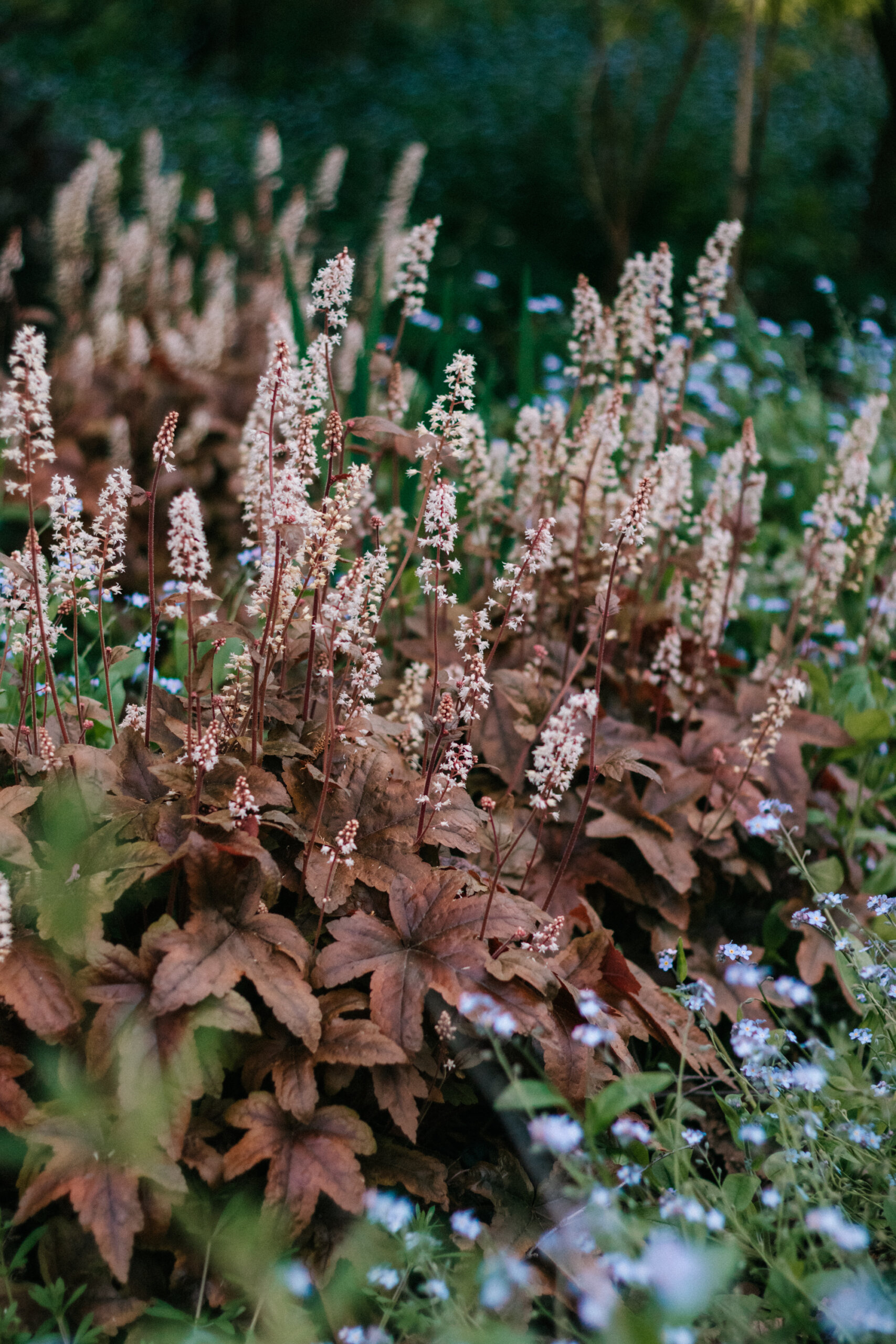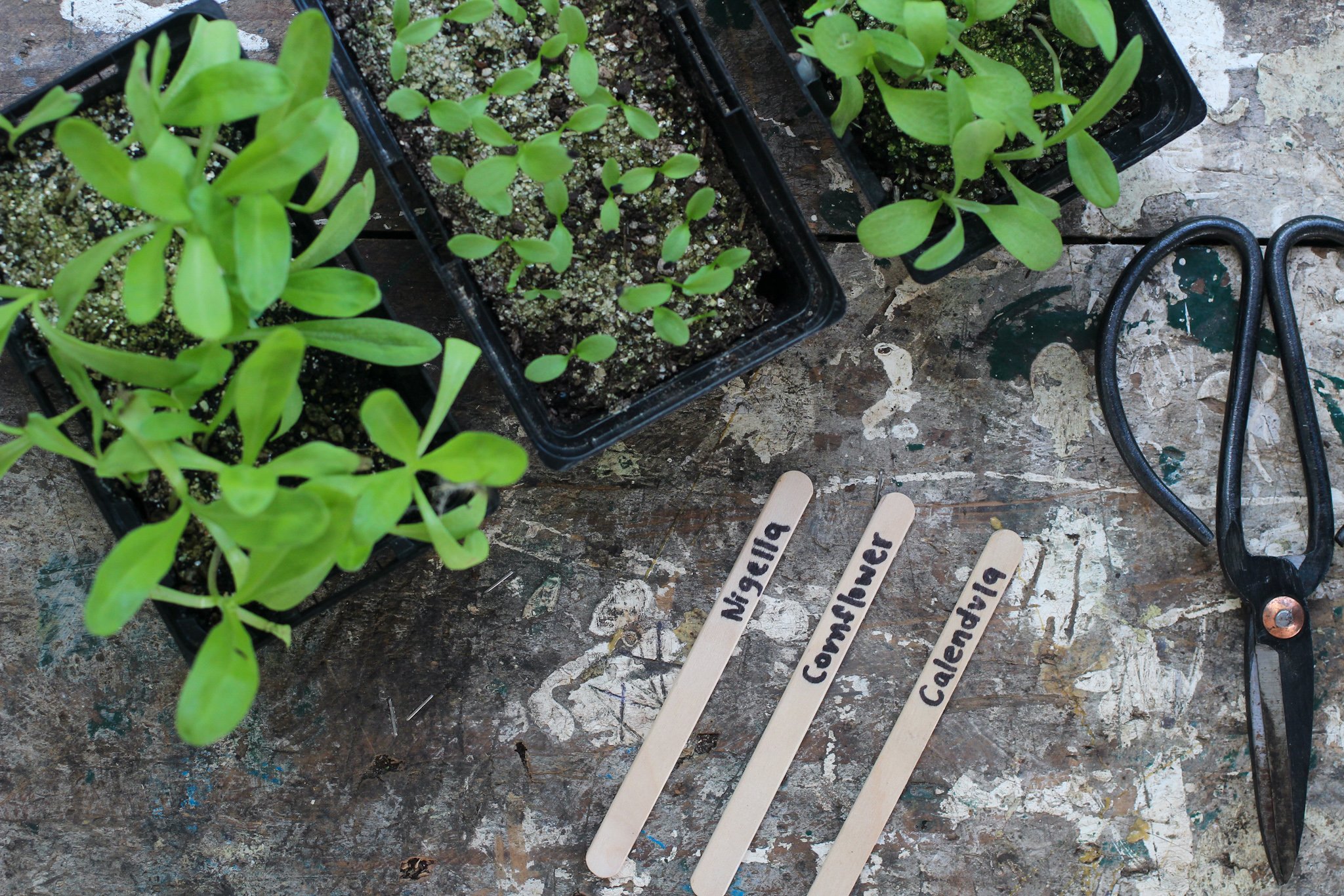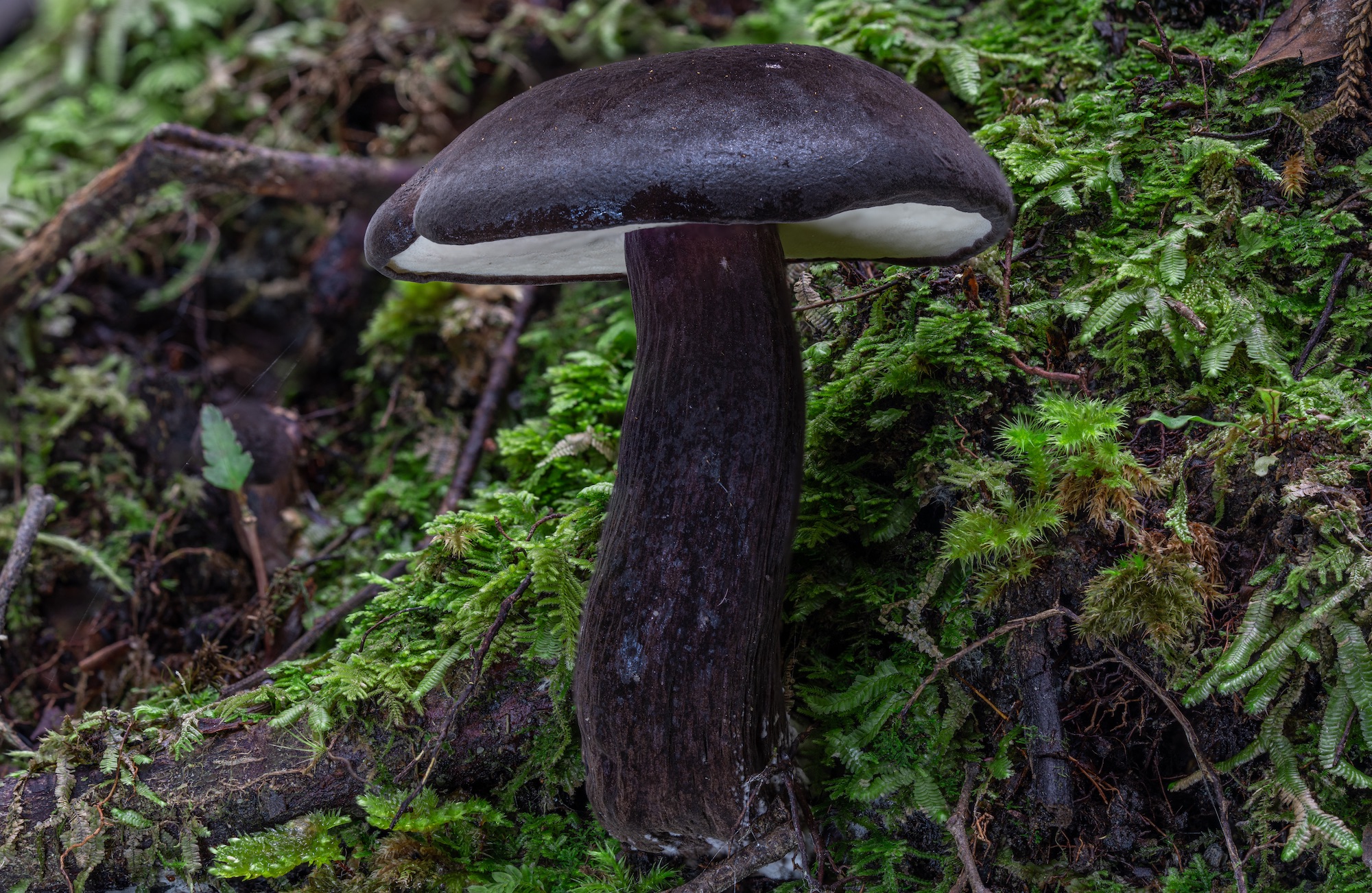— 13 Low-growing perennials for your garden border
Perennial border plants are hardworking horticultural heroes – they anchor a garden, providing structure and character to the ever-changing canvas of your garden beds. Low growing perennials are the perfect plants to define a garden’s edge, and weave a tapestry of colour and texture along your garden.
There are so many low-growing perennial plants that are a great choice for garden borders. They are a long-lasting, often evergreen, and will add dimension, texture and layers to your garden. As well as pops of colour and a bit of structure along the edges of your garden or pathways.
With an array of options to suit your climate and aesthetic, low-growing perennials can be the best way to fill in areas around the edge of your garden. Used as edging plants, low-growing plants can be in the foreground of your garden, while your taller plants can take up space and attention behind them (for example: echinacea purpurea (purple coneflower) and shasta daisy which are tall perennials).
With perennial flowering plants as edging plants, you can create a beautiful garden throughout the seasons. Especially with many perennial flowers blooming from early spring through to late summer.
Related reading: 18 Flowering Perennials That Bloom All Summer Long
Geranium Himalayense (Cranesbill geraniums)
A perennial geranium, like the Cranesbill geranium is a perfect choice for a perennial border plant. The Cranesbill grows as a low-spreading or ground covering plant, with long-blooming purple, blue, white or pink flowers. This is a hardy geranium for all conditions from full sun right through to dry shade. Hardy geraniums are a stunning option for the garden border that can withstand hot, arid conditions.

Creeping Phlox (Phlox subulata)
A carpet of soft pastel hues, these low-growing perennials will add vibrancy and unique texture to your borders. With sweet five-petalled pink, blue or white flowers, these low growing spreading plants tend to grow around 10-20 cm in height, with a spread of up to 1m. Creeping phlox (or moss phlox) will form a ground cover or trail down walls and the sides of pots. It can thrive in a variety of conditions, but will do best in full sun to partial shade and will tolerate most soil types (except excessively wet ground).

Sedum (Stonecrop)
These tall spiked-flowering succulents are the perfect way to attract life to your garden – they are loved by bees, moths and butterflies for their rich and sweet nectar. Sedums grow clusters of pale pink, lilac, red or white flowers with thick, waxy leaves, adding dimension to your garden border. An excellent choice for beginners, these are super hardy and very low maintenance and easily propagated. Sedums are great for filling dry, hard-to-garden spots. Cut them right back when they go dormant in the winter, and they’ll reemerge again in early spring.

Hostas
Add some deep, rich pigments of jade to your garden border with shade-tolerant hostas. These foliage plants grow large, waxy leaves and will add a rugged look to your garden. They come in variety of green tones and many feature streaks of white and gold. Lighter leaves require a little more sun. With well-drained soil, and the appropriate sunlight, these plants will be a bold addition to your garden border.

–
Gaillardia Aristata (Blanket flower)
Add the fiery colours of the sunset to your garden border with blanket flowers. These daisy-like flowers boast combinations of yellow, orange and red flowers. Drought tolerant delights, blanket flowers thrive in a sunny spot, with well-drained soil. This prolific bloomer is one of the best perennials for a long summer flowering season. Loved by bees and beneficial insects too.

Senecio cineraria (Dusty Miller)
True to their name, dusty millers look like they are coated in a light layer of snow dusting. These peculiar, lacy leaves are a good choice for garden borders as they only grow to about 30 cm tall and provide a unique, silvery twist to a garden’s edge. These heat-durable, short perennials bloom sunny yellow flowers mid-summer for a splash of brightness to your pathways and borders.

English Lavender (Lavandula angustifolia)
A true classic, lavender has been grown and harvested for thousands of years for its fragrant, medicinal and culinary purposes. Lavandula angustifolia is a low-growing variety of lavender – with spikey, deep purple flowers that are great for garden borders, providing sweeps of colour and aroma throughout the summer. These herbaceous perennials thrive in dry, sunny conditions, thanks to their Mediterranean origin. This variety of lavender can be kept pruned to 20-50cm. Perfect for borders, lavender can create a relaxed countryside feel and aromatic effect in your garden that both you and the bees will love.

Heuchera (‘Coral bells’)
From dramatic burgundy to greens, oranges and even shades of the night sky, these low-growing clumping plants will create a unique twist to your garden border with very low maintenance. Plant them in part shade with nutrient-rich, moist soil to have lush borders. Their long wands of bell-shaped flowers bloom from spring and through the summer months.

–
Lamb’s ear (Stachys byzantina)
Earning their name from their velvety, soft and lamb’s ear-like leaves, these plants come with the sensory experience of touch and are a wonderful choice for the garden border. They even provide purple flowers during the spring and summer. Easy to propagate by dividing plants, and it will spread (non-invasively) to form an effective ground cover. Ideal for a dry garden, these drought-tolerant perennials silvery-green plants enjoy full sun to partial shade and sparse watering.

–
Nepeta Mussinii (Catmint)
These cottage-core, dainty purple flowers are the perfect plant for any soft, delicate garden aesthetic and are a magical way to include aromatic herbs along your garden border. Catmint is a great option for edging and tend to mature around 30-45 cm tall. Loved by our furry friends, you may find your kitty snoozing beside these tight-knit and robust perennials.

–
Blue-Eyed Grass (Sisyrinchium Bellum)
With the sweetest blue flowers, these charming plants bloom in abundance through late winter to early summer. The flowers, which each only live for a day, produce a dark brown fruit that frequently release seeds, allowing for more to grow. A great self-seeding flower! Blue-eyed grass tend to grow between 7-45 cm tall and perform well in moist conditions, well-drained soil and both sun and partial shade. These are an enchanting addition to borders that will have your garden looking like it is straight from a fairytale.
Lady’s Mantle (Alchemilla Mollis)
Add some fantasy and charm to your garden borders with some bright Lady’s Mantle. With dense scallop-shaped leaves, and greenish-yellow flowers that burst to life from late spring to early summer, these plants can be easily hewn into garden edges. Known for their ability to hold droplets of rain, these magical plants provide a tidy, dewy finish to your garden border, growing to about 30-45 cm tall. With lots of sun, medium moisture, and occasional pruning, Lady’s Mantle are a modest way to attract critters such as butterflies to your garden.

Coreopsis (Tickseed)
Create a garden border that Van Gogh, a lover of yellow, would paint with Coreopsis flowers, also known as tickseed. Showy and daisy-like, these low maintenance flowers bloom for a long time, peppering your borders and pathways in bright, buttery yellow. For a prosperous bloom, allow lots of sunshine and well-drained soil. These stunning perennials will add light and life to your garden borders. They are also a magnet for bees and butterflies. Birds love their seeds during colder months, too.

Other low maintenance options to incorporate your garden design are ornamental grasses (like Hakonechloa macra (Japanese Forest Grass) or lomandra).




